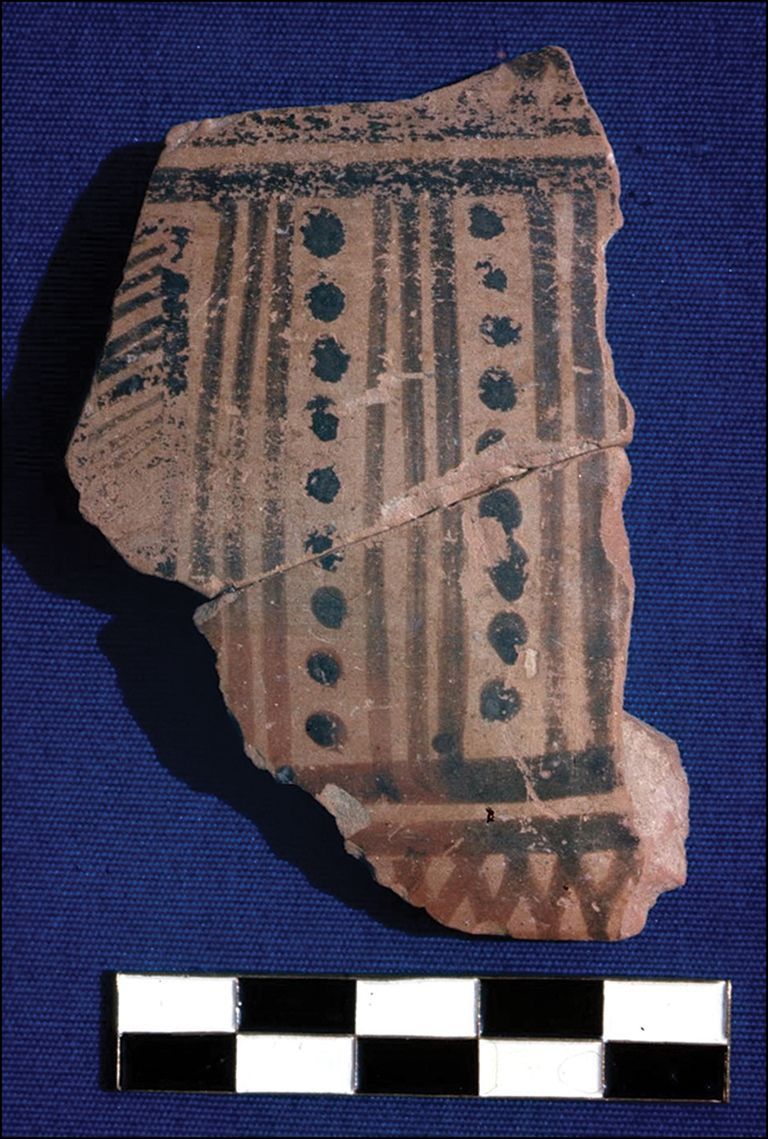The Temple of Hatshepsut, an Ancient Egyptian complex with three large terraces.
It was constructed for Pharoh Hatshepsut, one of the few confirmed female Pharaohs, who ruled Egypt ~3,500-years-ago #TombTuesday
It was constructed for Pharoh Hatshepsut, one of the few confirmed female Pharaohs, who ruled Egypt ~3,500-years-ago #TombTuesday

The impressive Temple served as a venue for religious festivals and a place where Hatshepsut's mortuary cult could continue to leave offerings and give rites for her.
📷: The Temple from above, showing its multi-layered structure. By Wouter Hagens / CC BY-SA 3.0
📷: The Temple from above, showing its multi-layered structure. By Wouter Hagens / CC BY-SA 3.0

The mortuary cult used a side room, known as the Chapel of Hatshepsut, which was decorated with massive reliefs depicting offerings being given to the Pharoh.
📷: Archaeologist documenting the relief.
📷: Archaeologist documenting the relief.

Such reliefs were common decorations for a mortuary cult, but earlier examples are damaged. This offers archaeologists a window into who made them.
📷: 2 figures of the relief with contributions by 2 people - the right hat was made by someone more skilled than the left hat
📷: 2 figures of the relief with contributions by 2 people - the right hat was made by someone more skilled than the left hat

Find out more in the original research. It's FREE!
'Masters and apprentices at the Chapel of Hatshepsut: towards an archaeology of ancient Egyptian reliefs' by Anastasiia Stupko-Lubczynska
doi.org/10.15184/aqy.2…
'Masters and apprentices at the Chapel of Hatshepsut: towards an archaeology of ancient Egyptian reliefs' by Anastasiia Stupko-Lubczynska
doi.org/10.15184/aqy.2…

• • •
Missing some Tweet in this thread? You can try to
force a refresh



















